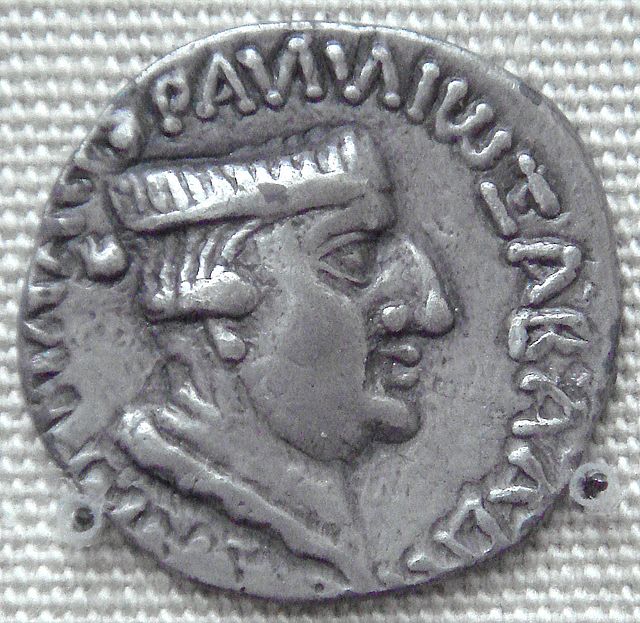Rhapta was an emporion said to be on the coast of Southeast Africa, first described in the 1st century CE. Its location has not been firmly identified, although there are a number of plausible candidate sites. The ancient Periplus of the Erythraean Sea described Rhapta as "the last emporion of Azania", two days' travel south of the Menouthias islands. The Periplus also states that the city and port were ruled by South Arabian vassals of the Himyarite kingdom, particularly a certain “Mapharitic chieftain.”
Cinnamon sticks.
Periplus of the Erythraean Sea
The Periplus of the Erythraean Sea, also known by its Latin name as the Periplus Maris Erythraei, is a Greco-Roman periplus written in Koine Greek that describes navigation and trading opportunities from Roman Egyptian ports like Berenice Troglodytica along the coast of the Red Sea and others along the Horn of Africa, the Persian Gulf, Arabian Sea and the Indian Ocean, including the modern-day Sindh region of Pakistan and southwestern regions of India.
Coin of the Himyarite Kingdom, southern coast of the Arabian Peninsula, in which ships stopped when passing between Egypt and India. This is an imitation of a coin of Augustus, 1st century
Coins of king Endybis, AD 227–235. British Museum. The left one reads in Greek "ΑΞΩΜΙΤΩ ΒΑϹΙΛΕΥϹ", "King of Axum". The right one reads in Greek: "ΕΝΔΥΒΙϹ ΒΑϹΙΛΕΥϹ", "King Endybis".
Coin of Nahapana (AD 119–124). Obv: Bust of king Nahapana with a legend in Greek script "ΡΑΝΝΙΩ ΞΑΗΑΡΑΤΑϹ ΝΑΗΑΠΑΝΑϹ", transliteration of the Prakrit Raño Kshaharatasa Nahapanasa: "King Kshaharata Nahapana".
The Periplus explains that coins of the Indo-Greek king Menander I were current in Barigaza.





